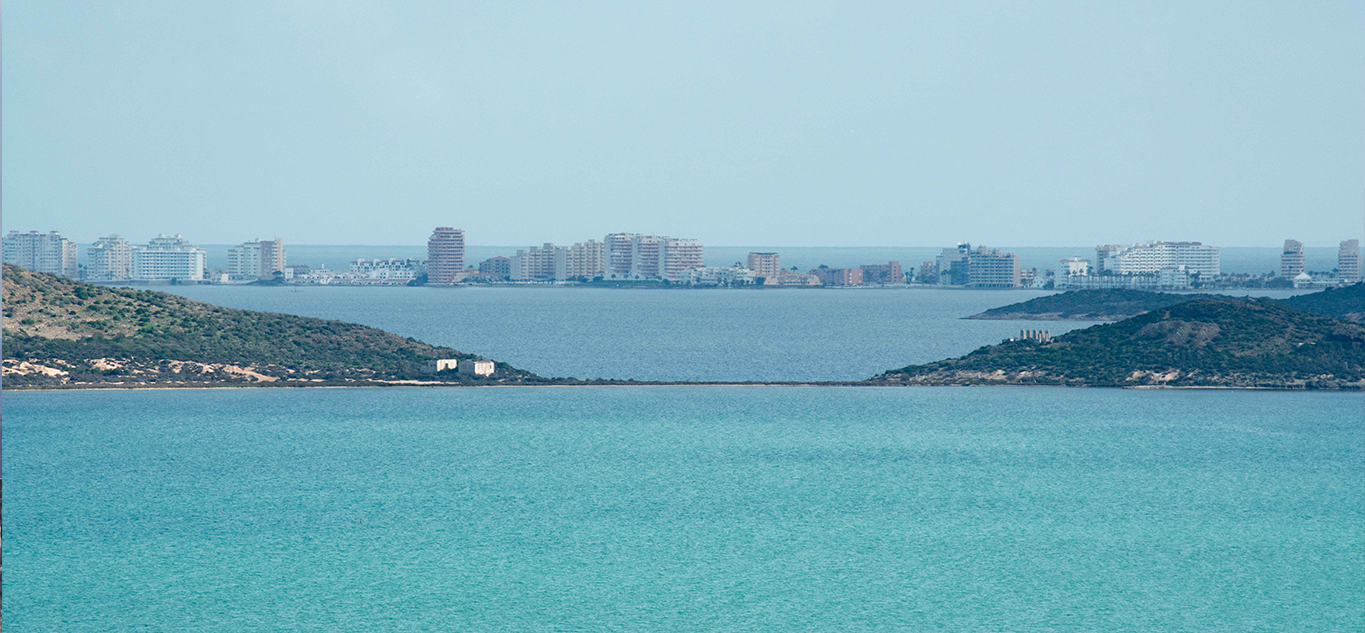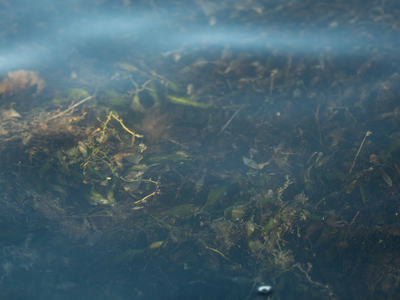- by Goldy Levy
MURCIA, Spain — Mar Menor — meaning “smaller sea” — has asked for help many times. In 2016, parts of the Spanish lagoon turned a misty green, like unfiltered tea. Three years later, thousands of fish were found dead, their white bellies dotting its 135-square-kilometer (about 52-square-mile) surface. Then again in 2021, its shores were littered with small fish and other creatures gasping for air.
This body of salt water in the south of Spain has shown signs of degradation since the 1980s. But in 2022 a team of environmental activists, lawmakers and local residents collected over 640,000 signatures and managed to pass a law that achieved something unprecedented in Europe: Mar Menor was granted rights.
Rights in every sense of the word: the right to live and flourish, the right to be protected and the right to recover. Spanish law now formally recognizes the lagoon as an entity with legal personhood. This effort is part of a broader movement advocating for the “rights of nature,” which recognizes the planet and all of its ecosystems as living beings with inalienable rights.
Such a move would follow from other successful examples, notably in Latin America, mostly stemming from the relationship that Indigenous peoples have long maintained with the natural world. I’ve come to Mar Menor to understand more about this idea: Could what’s happening here set an example for the rights of nature throughout the Mediterranean?
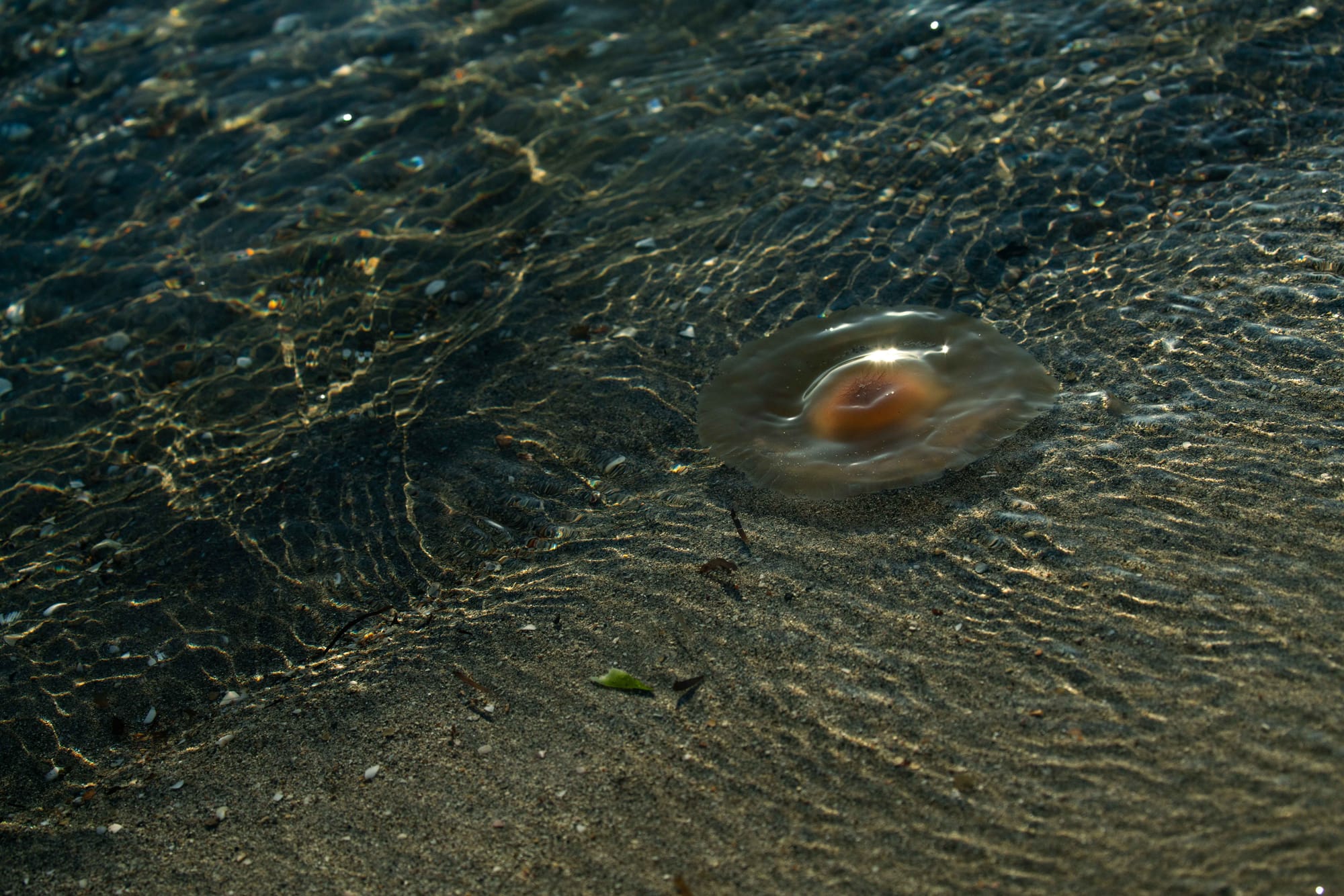
When I arrived on a Sunday afternoon, Mar Menor welcomed me with water as clear as the Caribbean, a pristine view of the coast, a sunset and the familiar feeling of salt water on my feet. Looking around, however, I also noticed a napkin floating by, a dead jellyfish that looked like fried eggs and an endless row of concrete buildings — hotels and apartments — stretching along La Manga to the horizon. Still, I was in awe.
Mar Menor is located in Murcia, about a four-hour drive south of Madrid. On the way there, I kept expecting we would enter a pristine, “protected” area, much like the ones I’m used to seeing in the natural parks and jungles of Costa Rica, where I’m from, but that didn’t happen. Fields of olives, citrus groves, lettuce and tomatoes continued alongside various vacation apartments and hotels.
The next morning, I met with Pedro Luengo, a spokesman for the environmental group Ecologistas en Acción. Luengo grew up in Murcia, the closest city to Mar Menor, which he often visited as a child. He would swim in its waters and spend hours observing seahorses, fish and little crustaceans. Pedro studied biology then turned to activism and joined Ecologistas en Acción in 1998.
As he took me on a drive around the lagoon, the first stretch of highway split the scenery in two: acres of intensive agriculture on our right and apartment buildings on our left. We drove all the way to La Manga, a 21-kilometer (13-mile) stretch that once consisted of dunes but now is full of hotels.
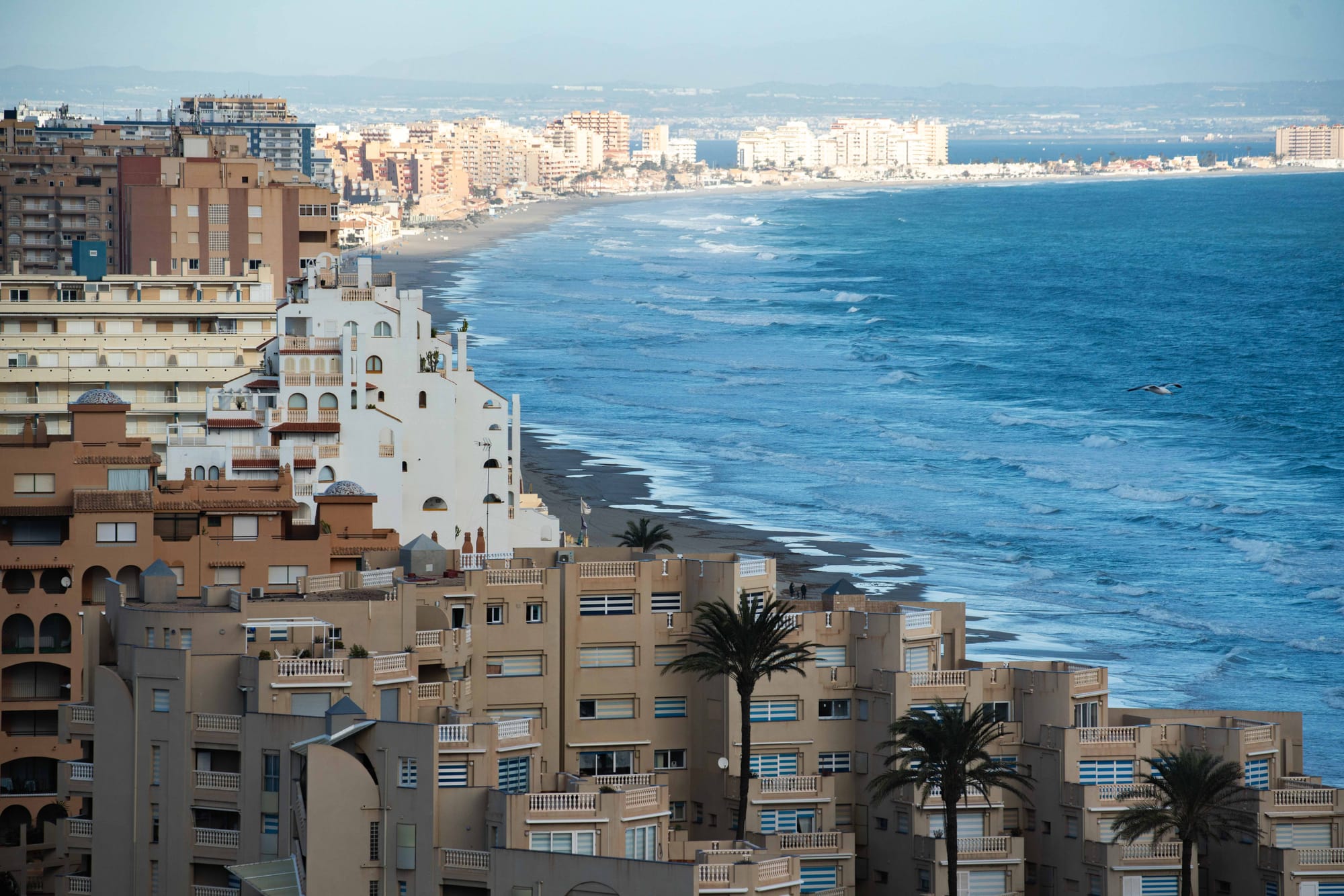
“This area is a symbol of identity,” Luengo explained. “It is a very special place, unique with respect to the rest of the coast.”
He added that the lagoon had changed drastically over the years. “When the loss is so fast and so radical, of course, the people who live here and who are my age or older have known another era of the Mar Menor. So, it hurts a lot to see it like this.”
More than three years have passed since Mar Menor was granted rights, and many aren’t convinced about its recovery. “Many thought the law would be a panacea, solving everything instantly,” Luengo explained. “But of course, it’s not. The real issue here isn’t a lack of laws. It’s a lack of enforcement. And enforcement depends on interests.”
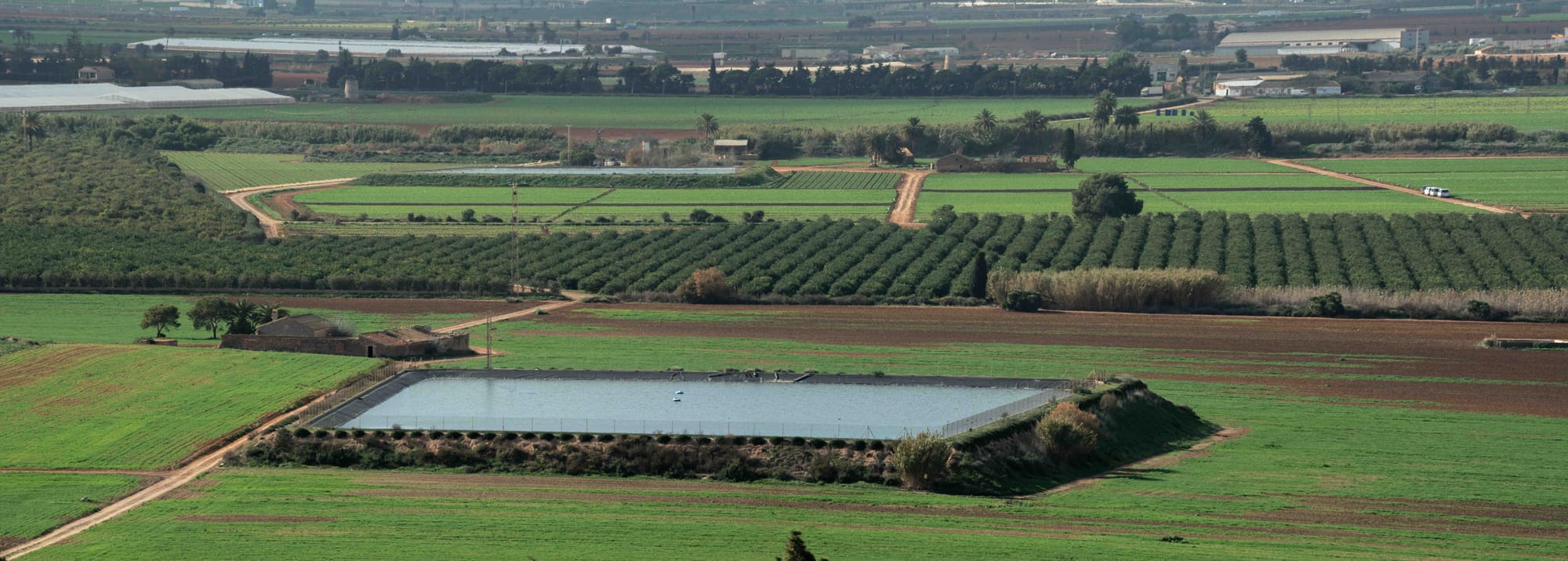
Later, we ascended Monte del Carmolí, a volcanic mountain overlooking the lagoon. From this vantage point, the panorama revealed the lake: stretches of salt marshes and a horizon broken into geometric patterns of meticulously cultivated fields.
“This is agriculture to be sold in Germany, in France, in England,” Luengo said, visibly annoyed.
We drove back down to the Rambla de Albujón — a 42-kilometer (26-mile) waterway that collects runoff from intensive agriculture and swine farming in the surrounding land. We stopped by a bridge covered with posters and graffiti reading “agro industria fuera” (“agro industry out”). Each year, the Rambla Albujón flushes about 5 to 10 billion liters (1.3 to 2.6 billion gallons) of water full of pesticides, hydrocarbons, nutrients and urban waste straight into Mar Menor.
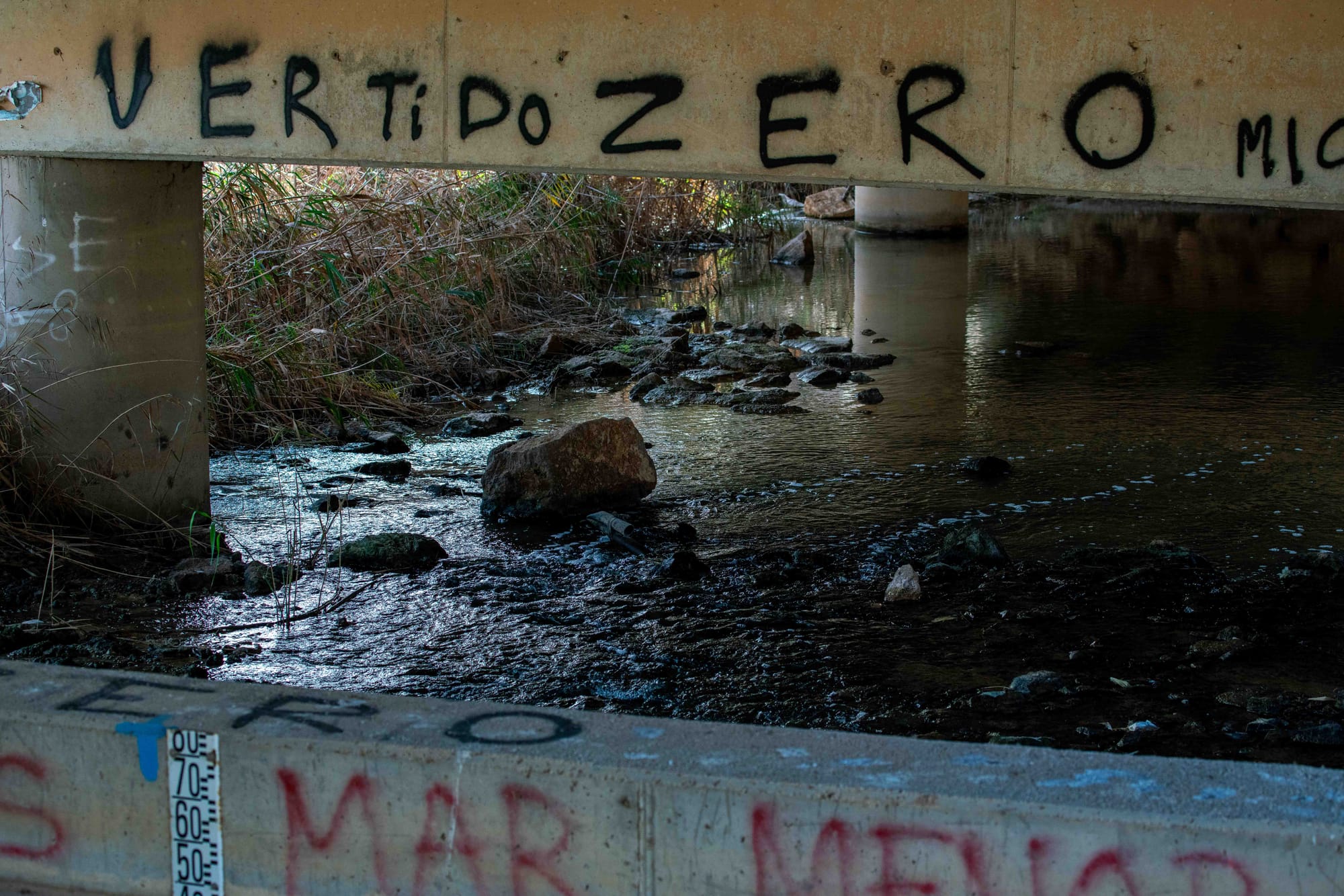
As I watched the pollution flow southward, I couldn’t help but wonder: Why, despite the law granting Mar Menor the right to protection, is this still happening? For Eduardo Salazar, a lawyer representing Mar Menor, the situation requires patience. “In practice, we need to implement guardianship, which requires regulation to define how it will work. Then, we need judges who understand, respect and are willing to apply the law,” he said.
It will take time, but there are precedents. “It is happening in Ecuador, in Bolivia, in Spain, in India, in New Zealand, in Argentina, in the United States, in Canada,” said Carlos Andrés Baquero Díaz, a lawyer and research scholar with NYU Law’s Earth Rights Advocacy Program, an organization with which I collaborated and where I first heard the term “rights of nature”. The notion that nature is sentient and deserving of rights long predates our modern legal frameworks. “This is a discourse that many Indigenous peoples have put into practice, regardless of whether it is recognized by law,” he added.
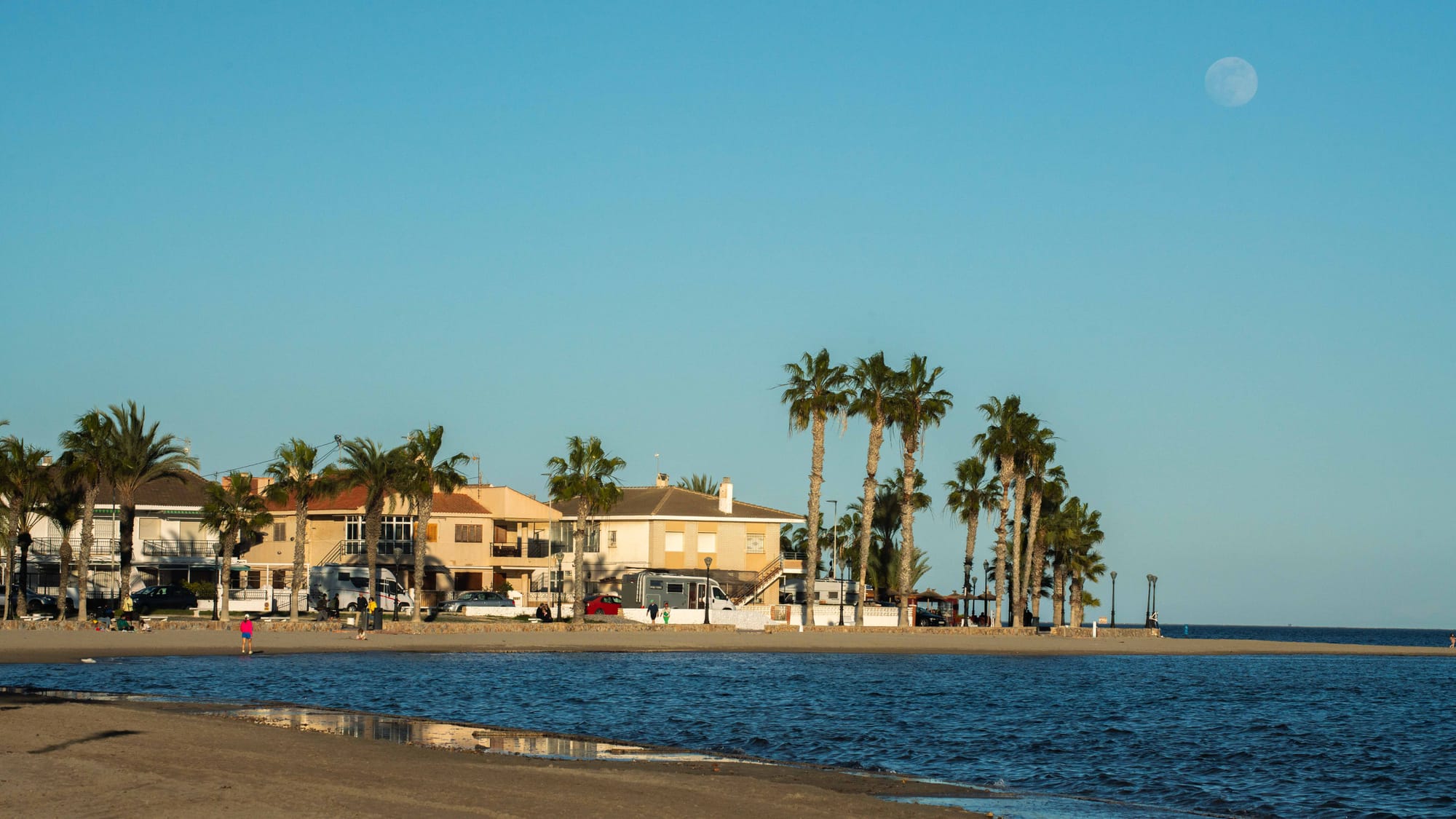
Since these developments in Mar Menor, similar initiatives have emerged in the Mediterranean, including the Tet River and Tavignanu River in France, but progress has been slower than in the Americas. Baquero Díaz attributes this to the deeply entrenched roots of European legal systems. “I believe that there is something of the European colonial project that remains alive and that makes this transformation difficult, because making this transformation definitely questions its colonial history,” he said.
“We have been the colonizers. We have been the ones who have decreed that they did not have legal personhood — not only the resources but the people — and that it was the conquerors who had the right of occupation,” said Teresa Vicente, a professor of law at the University of Murcia who played a key role in the Popular Legislative Initiative for Mar Menor, earning her the Goldman Environmental Award. She views this fight for the rights of nature as the judicial revolution of the century and the Indigenous perspective as paramount to their advancement.
While in Western society, there aren’t many recent examples of humans and nature coexisting harmoniously, Baquero Díaz feels certain that Indigenous peoples exemplify how it can be possible.
Coming here, I expected the lagoon to be pristine but found the contrary. Even so, Mar Menor has asked for help, and its neighbors have answered.
“The right to recovery is no longer something that depends on a ministry wanting to do it, but it is still a right of the Mar Menor”, explains Vicente.
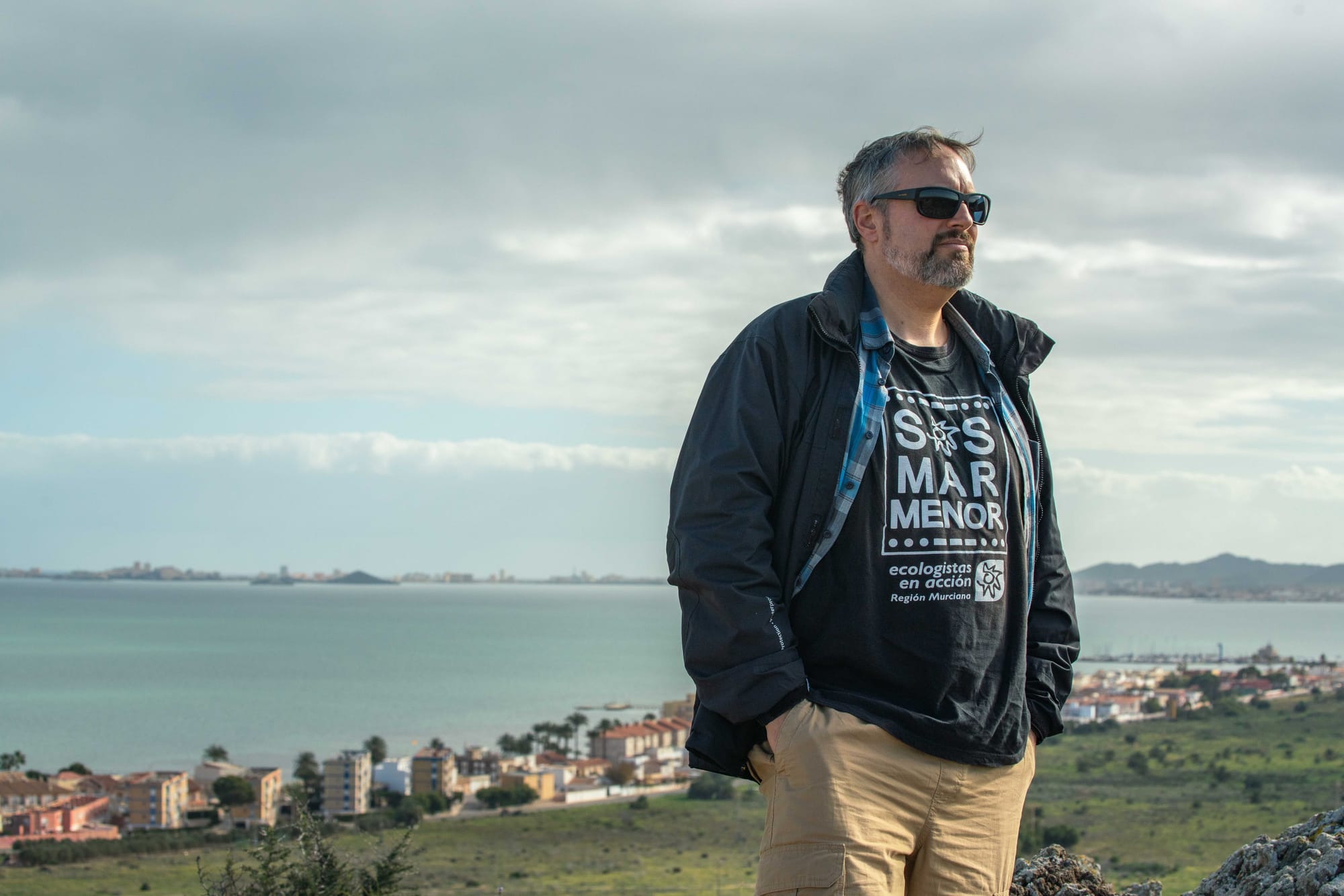
“In theory, it is not a bad thing that there are uses in a protected area. What happens is that they have to be compatible,” said Luengo. Perhaps that is what we should be striving for — compatibility.
Granting rights to non-human entities like lakes, rivers and mountains should also be an opportunity to open new narratives. How can the needs of Mar Menor coexist with the needs and rights of its people?
When my time with Pedro concluded, I drove north to one of the last untouched patches of dunes. The sun was setting as I returned from the Mediterranean beach, and people were gathering on the edge of Mar Menor. The water reflected the fading light as flamingos dipped their heads in the water.
Top image: A view of the saltwater lagoon with La Manga in the distance, a heavily urbanized sandbar separating it from the Mediterranean Sea (Jonathan Beker).
Editor’s Note: This story is part of the series “Communities on the Frontline,” which offers a preview of the magazine we have in mind. It was produced as part of the first edition of the Magmatic School of Environmental Journalism.
